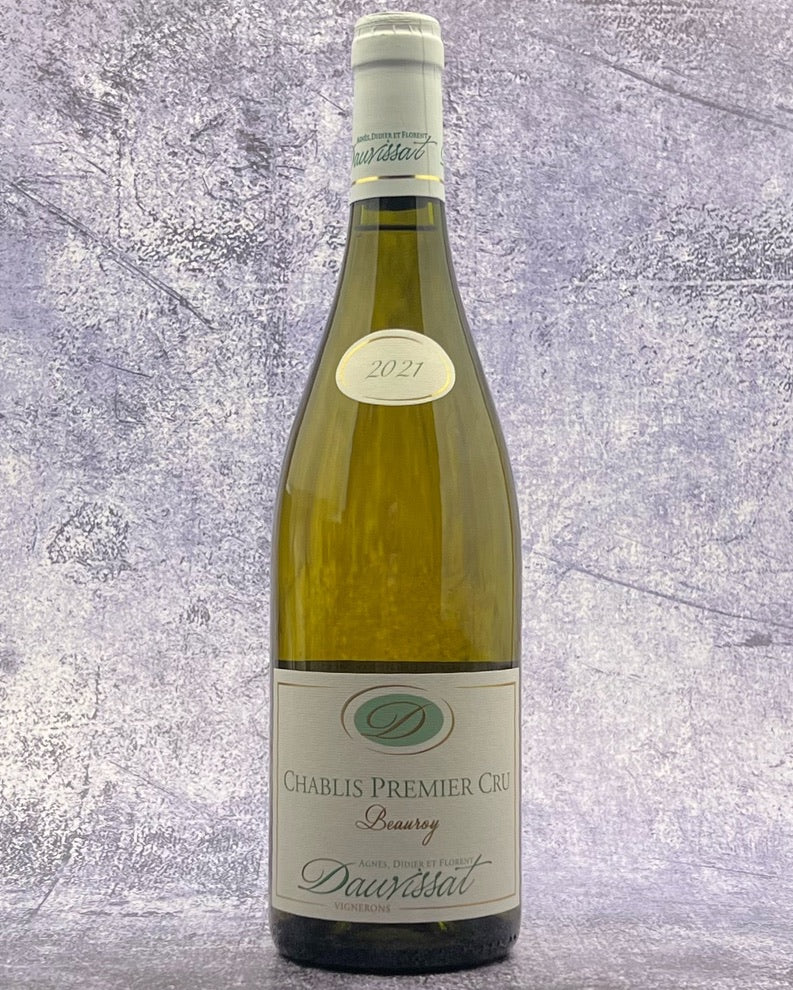Description
From: Burgundy, France
Varietal: Chardonnay
Tasting Notes: It’s a classic greenish-gold in the glass, with aromas of lemon blossom, orange oil, green peach pit, green apple, fleshy Asian pear, and a rather pronounced oyster shell salinity. This is unmistakably Chablis, still somewhat austere in its youth but built for the table. This is now in perfect stride to enjoy at cellar temperature. This house has become a staff favorite at a price far less than the more noted Dauvissats. Stock up! You'll not be disappointed.
There aren’t a lot of reviews of this producer - yet. I suspect it’ll happen in what will feel like the blink of an eye, and strongly urge you Burgundy hoarders to pick these wines up while we have them in stock.
Pairing: If you can make amazing Chablisienne escargots, go for it (and then please share with us!). If not, we’re sharing a recipe for Roasted Portobellos with Pesto by Martha Rose Shulman. It’ll only take about 30 minutes to make, and will yield about 4 servings.
About. As for the name, Dauvissat, well it’s a common one in Chablis. This isn’t *that* Dauvissat, but it isn’t some d-list Stephen to Vincent Dauvissat’s Alec, either. Comprising about 10 hectares of vineyards, carefully chosen for their southern exposures, Agnès and Didier Dauvissat’s farmstead property has attracted its share of critical praise. And yet the wines remain under-the-radar and, as a result, mercifully priced.
Based in the village of Beine at the eastern end of 1er Cru Beauroy, the Domaine was founded in 1986 and is currently run by the second generation, Florent Dauvissat. Florent’s familial connections got him an opportunity to train in the cellars at the far more famous Vincent Dauvissat, as his father, Didier, is Vincent’s cousin. Florent also worked at Copain in Healdsburg, California, and with Frederic Mugnier in Chambolle-Musigny prior to taking the reigns at his family’s estate.
This 1er Cru-designated “Beauroy” vineyard is an under-the-radar site. Its name perhaps comes from a translation of bois de roi – “The King’s Wood.” The 2-hectare parcel of vines this wine comes from lies just west of the famed Grand Cru slopes, across the Serein river. Ideal southwest exposures capture the full afternoon and evening sun, creating ripeness balanced by cool-climate tension and nervy energy. Classic "Kimmeridgian "soils, studded with ancient fossilized sea creatures, abound and there is no question this is as textbook as they come!
Feeling patient? Tuck some bottles away for another 3-5 years and the wine will only get better. Enjoy!

